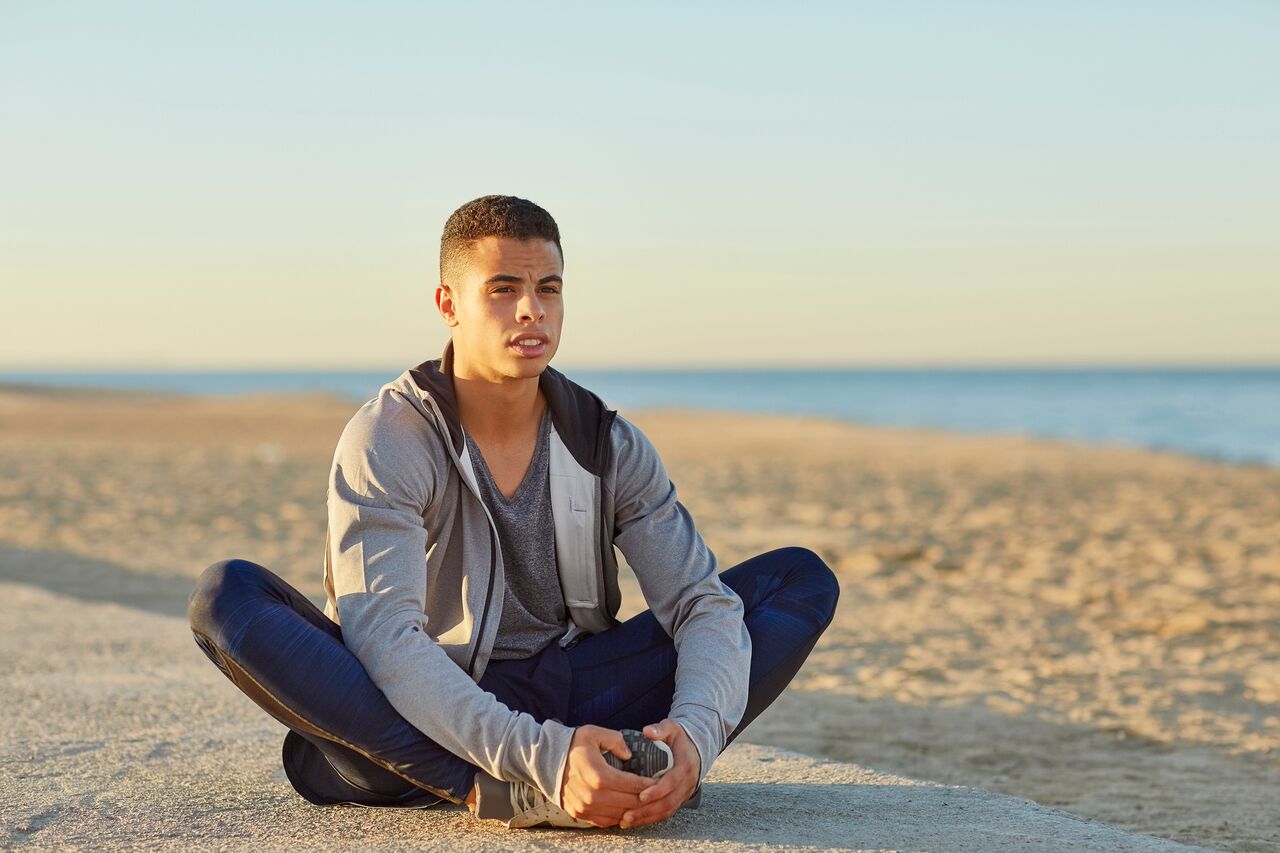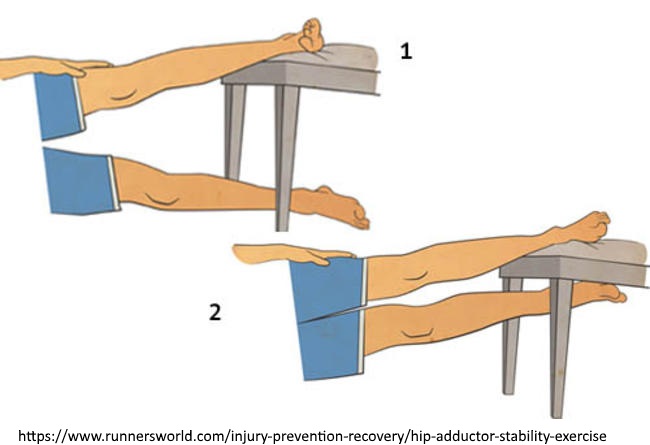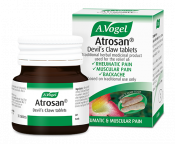What are the adductor muscles?
We spend so much time focusing on the other groups of leg muscles – the calfs, hamstrings, quadriceps, and glutes – that we often neglect the adductors. Often we think that tight hamstrings are responsible for our back pain, or tight quads are the culprit of our knee pain. While this is definitely probable, tight adductor muscles could also be the source of the problem.
The adductor muscles are a group of five muscles located in the inner thighs of the legs and are responsible for moving the leg towards the centre line of the body, also known as adduction. The word adductor describes the function of the muscles; it comes from the Latin word ‘ad’ meaning ‘towards’ and ‘ducere’ which means ‘to lead.’
The group of adductor muscles includes:
• Pectineus – located in the top inner thigh, the pectineus is responsible for flexion and adduction of the thigh at the hip. It is usually the source of pain in pulled groin injuries.
• Adductor brevis – the adductor brevis sits in between the pectineus and the adductor longus. It adducts, flexes, and medially rotates the hip.
• Adductor longus – as the name suggests this is the longest of the adductor muscles and is responsible for adduction, flexion and rotation of the thigh at the hip.
• Adductor magnus - The adductor magnus is the largest of the adductor muscle group and helps to assist hip extension. The primary functions of the adductor magnus are adduction and medial rotation of the thigh (rotating the thigh towards the centre of the body) at the hip joint.
• Gracilius muscle – gracilius translates to mean slender and also assists in adduction as well as medial rotation of the thigh at the hip. It also flexes the leg at the knee joint.
Why are they important?
Our adductors play a big part in stabilising the body and torso when we stand.Tight adductors can cause knee pain, hip pain, groin pain, and back pain – they can even affect the way we walk and sleep!
Research suggests that the adductor muscles work synergistically to provide side-to-side stabilisation of the pelvis. Having tight adductors on one side and not the other will make it difficult to hold the pelvis level which means the opposite hip will drop down as you walk. This can then result in hip pain and further imbalance as the body tries to compensate for the tight muscles.
It is important to both stretch and strengthen the adductor muscles so that they are strong enough to balance the weight of the body and support the pelvis and be flexible enough to allow full range of motion while walking.
Stretches to lengthen tight adductor muscles
Bound angle pose (Baddha konasana)
Start from a seated position and bring the soles of your feet together. Hold onto your feet with both hands and gently use the weight of the forearms to push the knees down towards the ground.

Side lunge
Take a lateral step to the left and sink low by bending the left knee. Keep both feet pointing forwards and keep a straight upright torso. Extend the left leg to help you switch sides.
Exercises to strengthen the adductor muscles
Hip Adductor Stabilisation
Lie on your side, maintaining a straight line from your shoulders to your feet. Rest the top leg on a low chair, or stool whilst keeping the lower leg on the floor. Lift your lower leg up to meet the top leg, you should feel the adductors on the lower leg contract. Lower your leg back down and repeat on the other side. Aim to do around 10 reps per side.

How to soothe muscle pain
It is common to have tight adductor muscles as these are the least popular leg muscle group. Often people like to favour building muscle strength in areas more likely to be seen i.e. the calves and hamstrings, or people are worried that working into the adductors will make them have big thighs, or people believe that the only function of having flexible adductor muscles is to be able to do the splits – which is just not the case.
However, as we have seen the adductors are actually a very important and relevant muscle group in the leg. It can be difficult to work into the adductors if they are extremely tight, so make sure you are warmed up beforehand. If you feel muscle pain, try applying Atrogel which will help to soothe the pain and prevent excessive inflammation. Massaging the area can help to relieve knots or try placing a hot water bottle in between the thighs to help to warm up the muscles.
1 https://www.yoganatomy.com/adductors-muscles-attachments-actions/
2 https://breakingmuscle.com/fitness/the-critical-role-of-the-adductors-in-avoiding-bjj-injuries






 Looking for a treatment to relieve pain in conditions such as muscle aches or pains, stiffness, rheumatic pain or after sporting injuries?
Looking for a treatment to relieve pain in conditions such as muscle aches or pains, stiffness, rheumatic pain or after sporting injuries?

